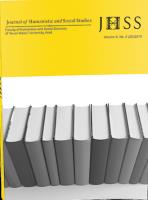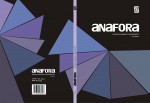
Renesansa alegorije
review of: -------------------- Pavao PAVLIČIĆ, Moderna alegorija, Matica hrvatska, Zagreb, 2013., 266 str.
More...We kindly inform you that, as long as the subject affiliation of our 300.000+ articles is in progress, you might get unsufficient or no results on your third level or second level search. In this case, please broaden your search criteria.

review of: -------------------- Pavao PAVLIČIĆ, Moderna alegorija, Matica hrvatska, Zagreb, 2013., 266 str.
More...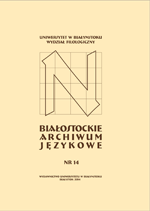
The poetic novel "Maria" [Mary] by Antoni Malczewski published in 1825 is an outstanding work which, according to some researchers, could initialize Polish Romantic literature on equal terms with two volumes of Poezje [Poems] by Adam Mickiewicz. An unquestionable value of Mary is its author’s mature artistic workshop revealed, among others, in a skillful use of linguistic and stylistic devices. The subject of this article is a description of non-graded comparative constructions occurring in A. Malczewski’s poem that are based on cultural associations. A formal side of these clues has been analyzed. The first part of the text depicts a degree of comparisons’ density in the work’s linguistic tissue, their distribution in the narration and dialogues and monologues as well as the dependence between linear extension of comparisons and the volume of the text occupied by them. Whereas the second part of the article is focused on the discussion of the structure of comparative constructions and their grammar characteristics.
More...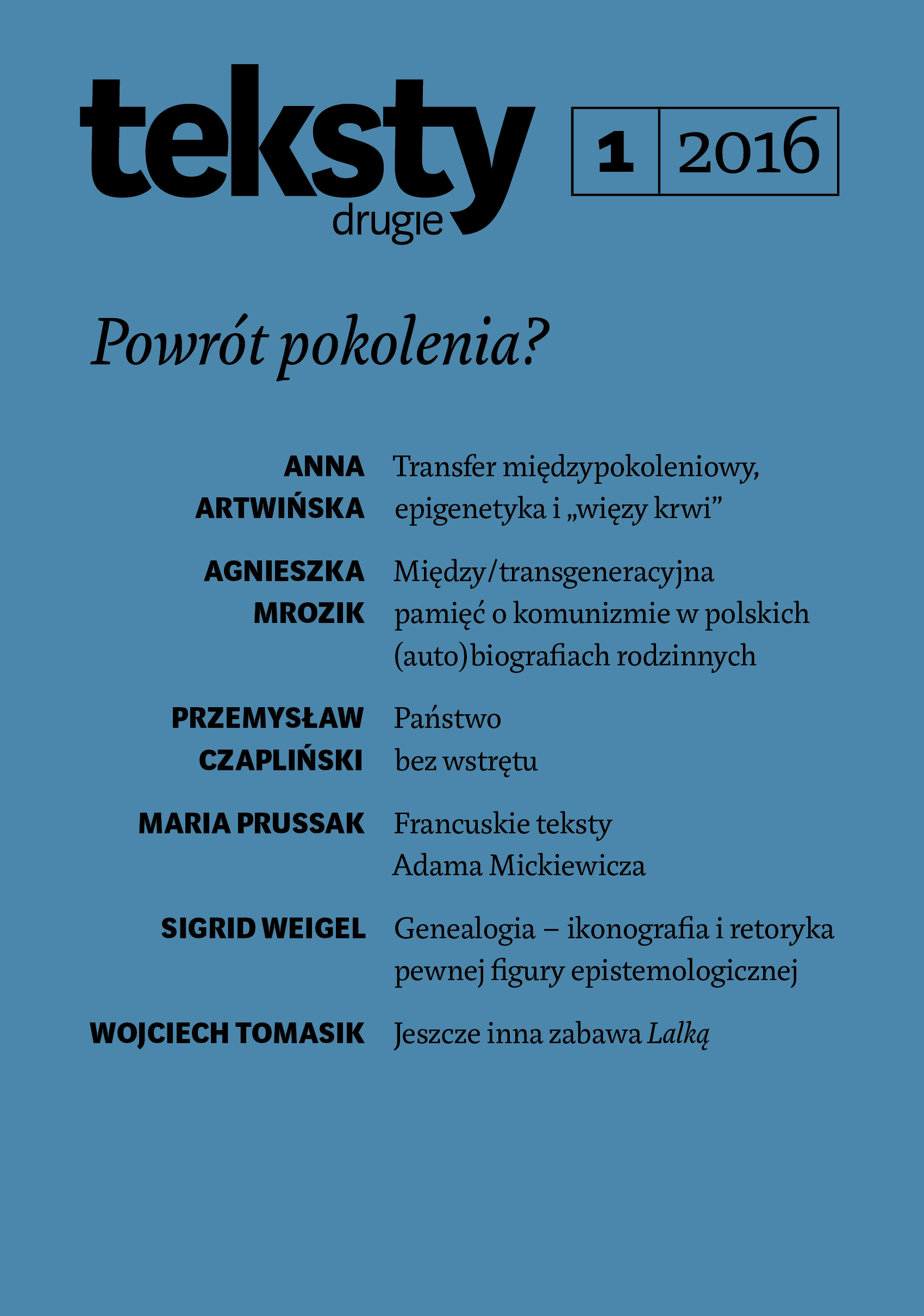
This article aims to analyse a text that is key to the way Gombrowicz is read in Argentina, namely the Diario Argentino or ‘Argentine Diary’. Kobyłecka-Piwońska begins by outlining the history of its creation (in the light of Gombrowicz’s correspondence with the publisher as well as the translator), its translation and composition, that is to say the arrangement of passages that the author selected from the complete edition of his Dziennik [Diary]. The Diario Argentino is the most important component of Gombrowicz’s self-representation created with his Spanish-speaking readers in mind, and it has a considerable effect on the way his works are read in that culture.
More...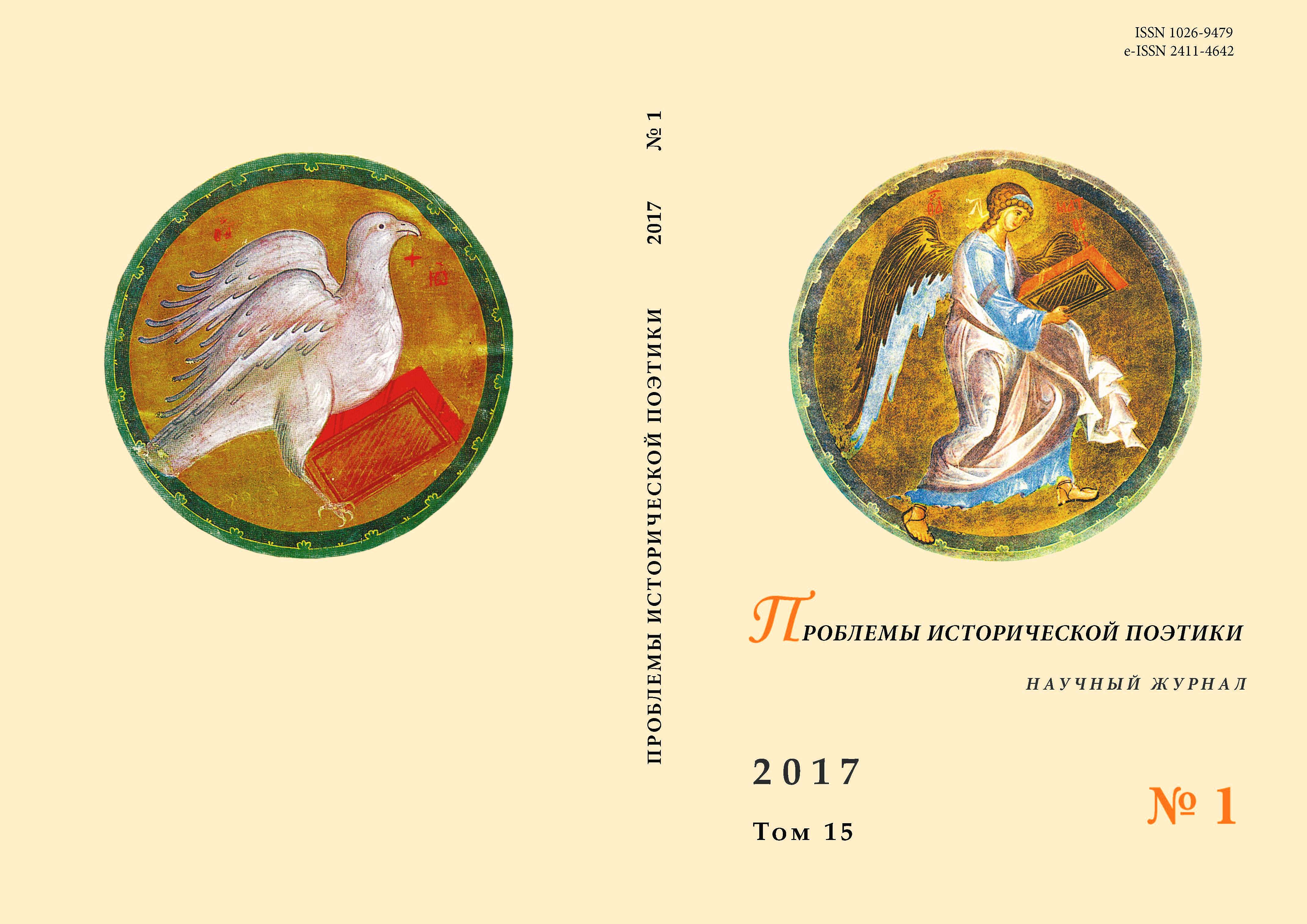
The article is dedicated to the poetics of Shmelev’s story’s title “The Hidden Face”. The ideological and thematic aspects of the title, that develop story’s fiction structure of the writing are exposed to analysis. The story got its final title in the last, second, manuscript edition (its previous title was “Furlough”). The writer accentuates the character’s inner, radical crisis of consciousness, rather than external events. This intention manifests itself in the ideological structure of artistic images: the characters’ philosophy is based on the principle “thesis — antithesis — synthesis”. However, there is another viewpoint, that prevails over others and comes out of this system of immanent relations and theoretical judgments of the characters — the Orthodox one. In the text there are several semantic levels of an image system of the story that are kept current in the concepts of “holy face”, “face” and “mask”. The “hidden face” is nothing more than God’s image, contained in every human being, in other words, his true, original nature. Thus, in the title of the story the author’s idea of Shmelev is revealed.
More...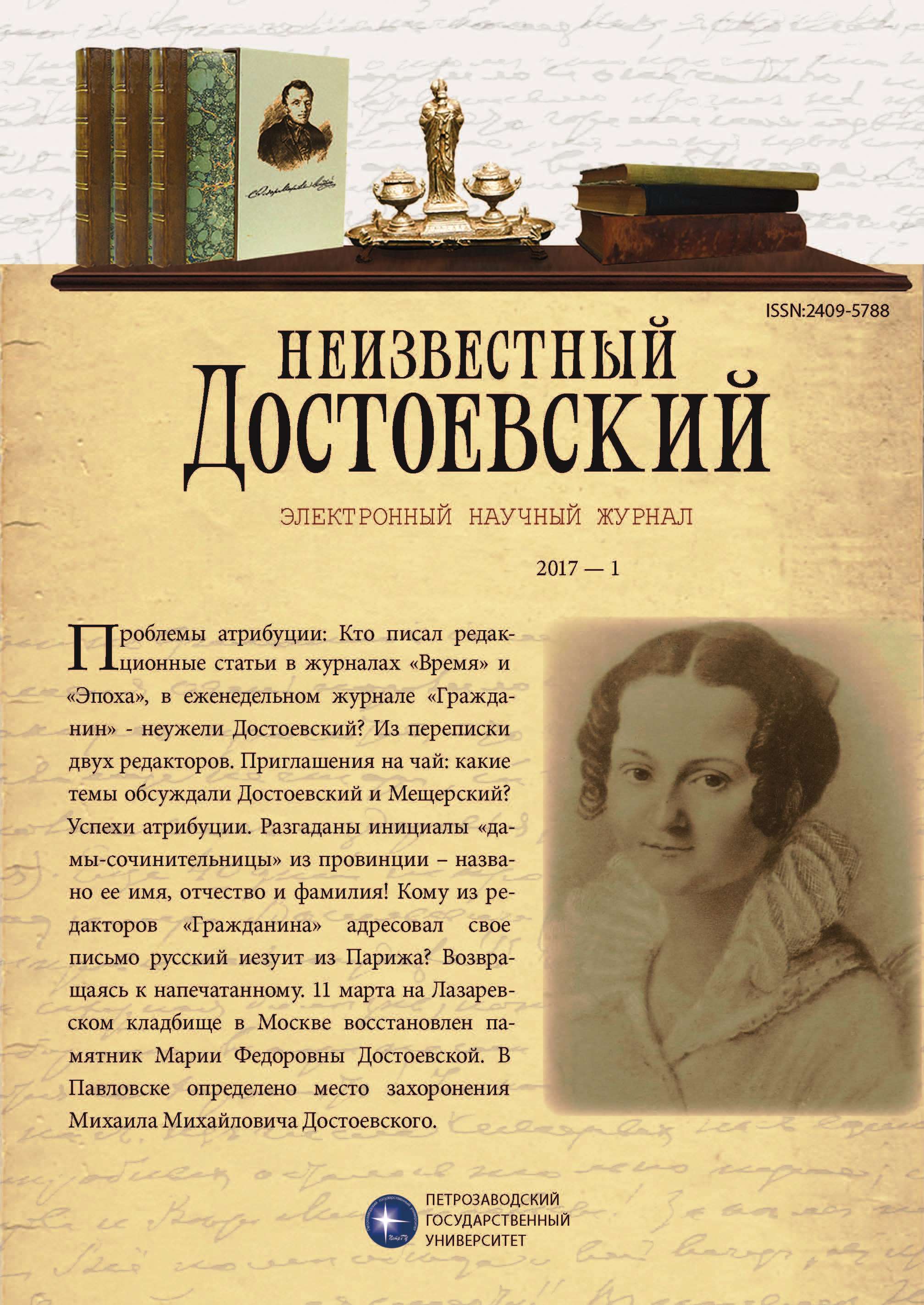
Lots of anonymous articles were published in the periodicals edited by Dostoevsky in the 1860s–1870s. Traditional methods of their attribution often turn out to be ineffective. As a rule, discussing this issue researchers try to decide definitely who one or another article belongs to, but they do not take into consideration a specific character and practical aspects of journalistic and editorial work of those times, prerequisites and conditions of publication of articles, their genre singularity. Almost all the anonymous articles in these periodicals were editorial, written by editors or employees and authors under a commission of the editor in chief. Sometimes the editors office bought someone else’s text and revised it. The given articles manifested the journal’s policy, put into force ideas and instructions of the editor in chief. The authorship of the articles did not matter. The author was deprived of his rights for the article, which became the journal’s property. Thus, it is advisable to consider the editorials as a particular genre meant to formulate the journal’s policy, bring its program into effect, and implement the editor’s instructions. Their attribution is possible but not necessary. Among the anonymous articles in the journals "Vremya" and "Epokha" and the weekly "Grazhdanin" the most distinguished are the publications of F. M. Dostoevsky, as well as those prepared in collaboration with the following co-editors — M. M. Dostoevsky ("Vremya", "Epokha") and V. P. Meshchersky ("Grazhdanin"). In the editorial domain, the leading role belonged to F. M. Dostoevsky. As a specific genre, the given articles should be published and included into actual editions on history of Russian literature and journalism.
More...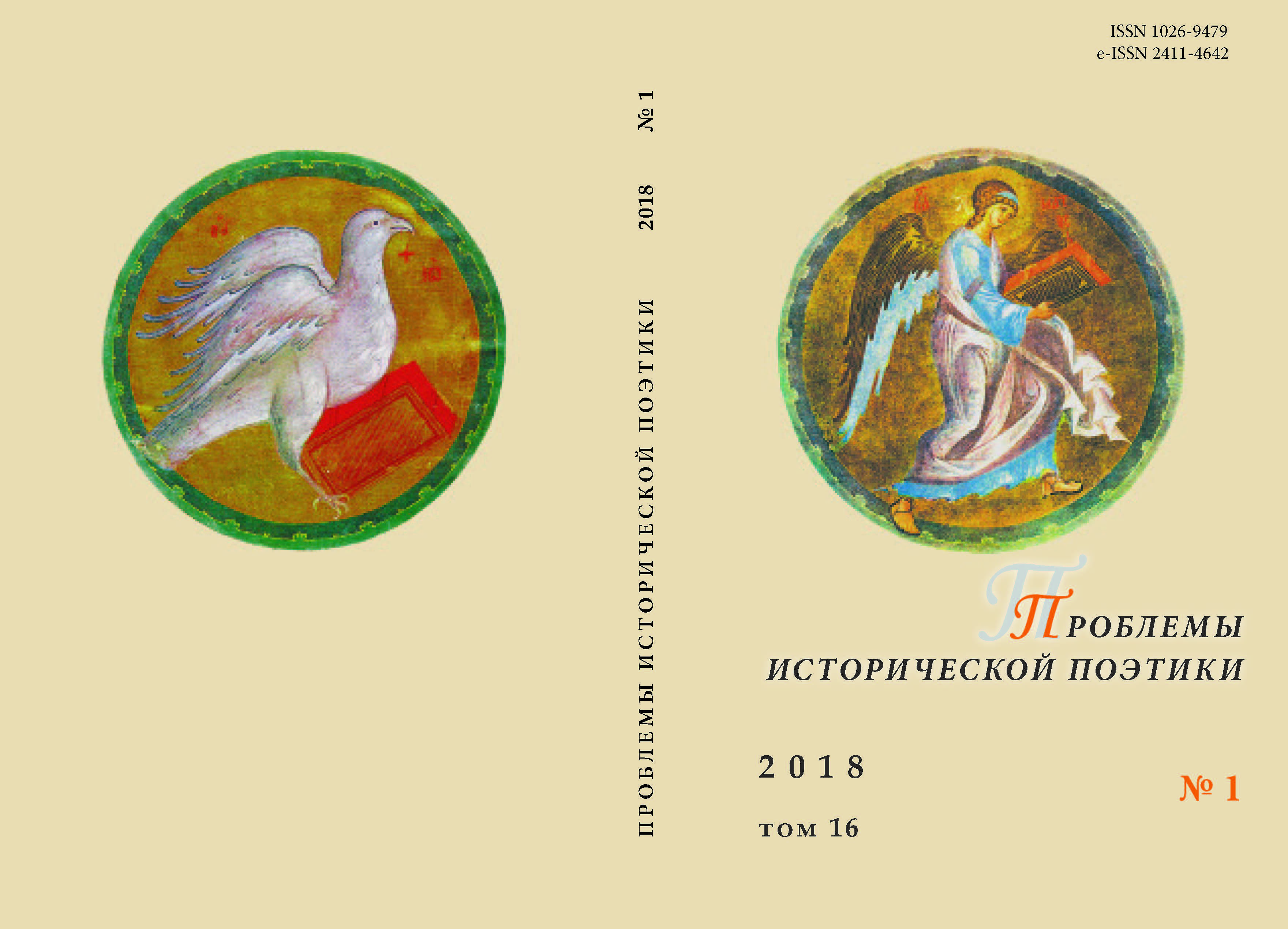
The short story “A Gentle Spirit” is the only work by F. M. Dostoevsky, which presents the image of a stenographer. This article contains the first special study on the functions and the internal structure of the image of the stenographer, on the importance of stenography in the creative process of Dostoevsky himself. These observations are supplemented with the materials of notebooks of the writer and his wife, also stenographer. The stenographer is a symbolic, imaginary, "inner" character introduced by the writer in order to write down the confessional monologue of the protagonist. The author of “A Gentle Spirit” reproduces the flow of thought of the Pawner and for the first time in literature carries out an experience of accurate recording of an internal conversation, a “stream of consciousness”. The techniques of the narration are aimed at creating in a reader a feeling of dealing with a verbatim report. Because of the convention of this “shorthand” form of the narration, Dostoevsky defined the genre of “A Gentle Spirit” as a “fantastic story”. Unlike Anna Dostoevskaya, who used to have a dialogue with the writer during the process of dictation, the stenographer in "A Gentle Spirit" gives no assessments of the actions and thoughts of the narrator and his wife, neither does he enter into a dialogue with the Pawner. The Husband of the Gentle Creature conducts an imaginary dialogue with himself, with his wife, as if she were still alive, with the listener-spectator, but he does not need a real interlocutor. The introduction of the image of the stenographer into the story allowed Dostoevsky to describe to a nail the difficult path that makes the Pawner perceiving a tragic meaning of the event — the suicide of his beloved wife, and realizing his absolute catastrophe in life.
More...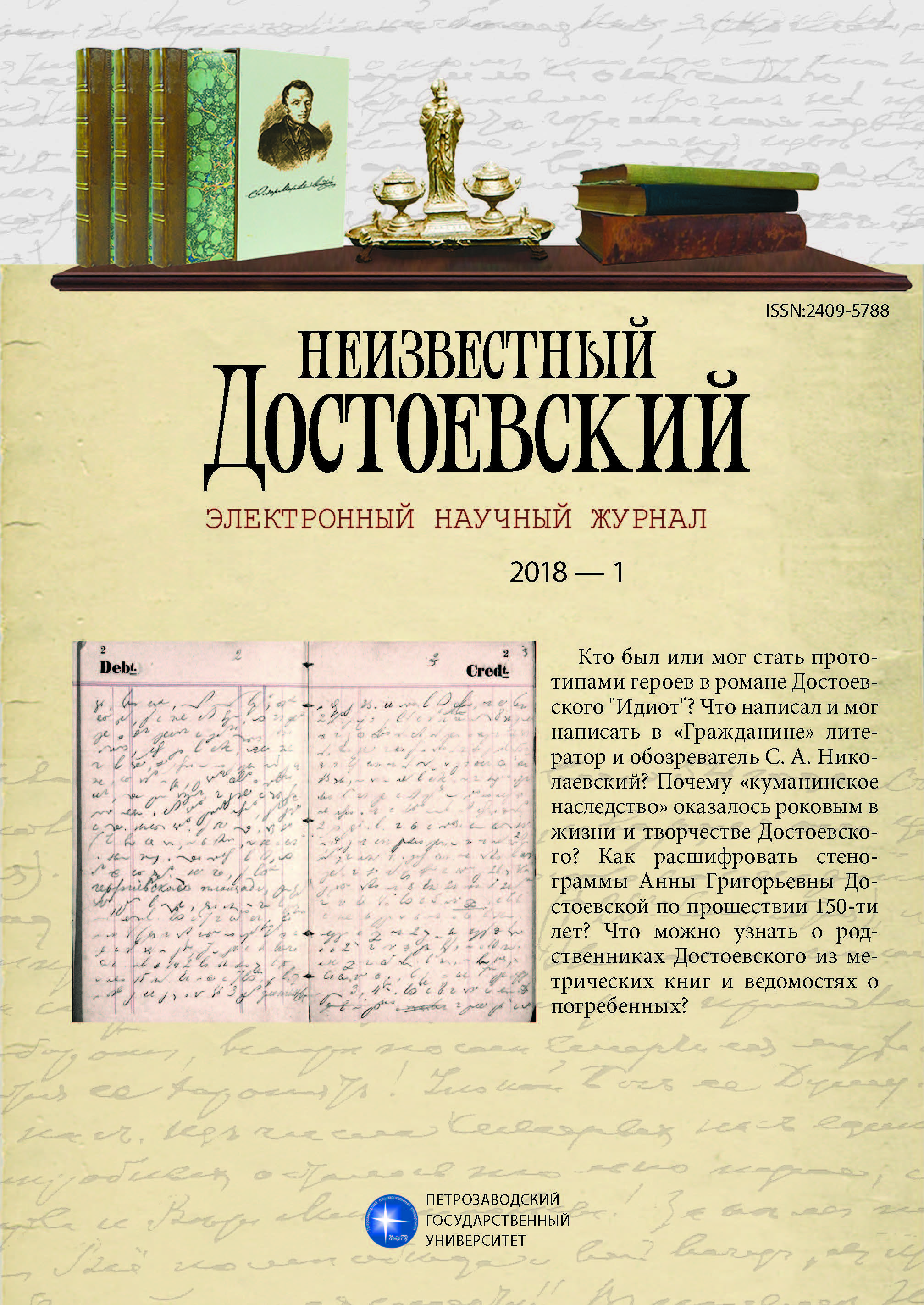
Two figures of Russian history — Count G. A. Kushelev-Bezborodko and Prince V. F. Odoevsky — have been considered up to now the prototypes of the protagonist of Dostoevsky’s novel “The Idiot”. This opinion was conditioned by similar biographical events and traits of their characters and appearance. This article offers a new approach to the problem: spiritual life of a real person may be prototypical. Thus, E. A. Stackenschneider, Dostoevsky’s good acquaintance, represents a personality extremely exciting for the author of “The Idiot”: a handicapped person due to the insolence of Nature, who is deprived of a right for mere human happiness, she is experiencing and overcoming the metaphysical insult complex embodied in a variative way in the images of Ippolit Terentyev and Prince Myshkin in the novel. The diary of E. A. Stackenschneider (including its pages not published up to now) renovates the conception of the life context of the novel “The Idiot” and verifies the author’s claim about a non fantastic character of his hero.
More...
One of the particular features of the Dostoevsky family’s handwritten archive is that it contains documents containing verbatim records. This is the diary of Anna Dostoevskaya of 1867, rough novel “The Brothers Karamazov”, “A Writer’s Diary”, a series of memorial and business records made by the writer’s assistant. Most of these documents were deciphered in the 1950s—1970s by Ceciliya Poshemanskaya, however, there are documents, lines, words, left undeciphered or presumably deciphered while those deciphered require critical analysis. The purpose of this study is to find out whether the decoding of the transcripts of Anna Dostoevskaya 150 years since their creation, whether it is possible to repeat the experience of Ceciliya Poshemanskaya today. To achieve this goal, the main features of the stenographic system by Dostoevsky’s wife were identified, and difficulties in reading her transcripts were spotted. Anna Dostoevskaya used the German Gabelsberger cursive shorthand system adapted for the Russian language by Pavel Olkhin and currently forgotten. But she also updated this shorthand for her own use, inserting some logical acronyms “Samoslovy” inventing a “system in the system”, and thus, making the task of reading her transcripts more complicated. Our attention is focused on the earliest of A. Dostoevskaya’s shorthand documents still existing — the first part of the diary deciphered and edited by her and Ceciliya Poshemanskaya which provides a “key” to all the shorthand notes of the writer’s wife. Our experience of the work upon the given autograph showed that the methods employed by Ceciliya Poshemanskaya, more specifically the compilation of abbreviations dictionary used by Anna Dostoevskaya in her work and the use of this dictionary in further decryption, is still relevant today, especially due to the possibility of using modern digital technologies. The article presents excerpts from unknown archival materials of Anna Dostoevskaya and Ceciliya Poshemanskaya, shapes a plan in the study of verbatim records of Anna Dostoevskaya.
More...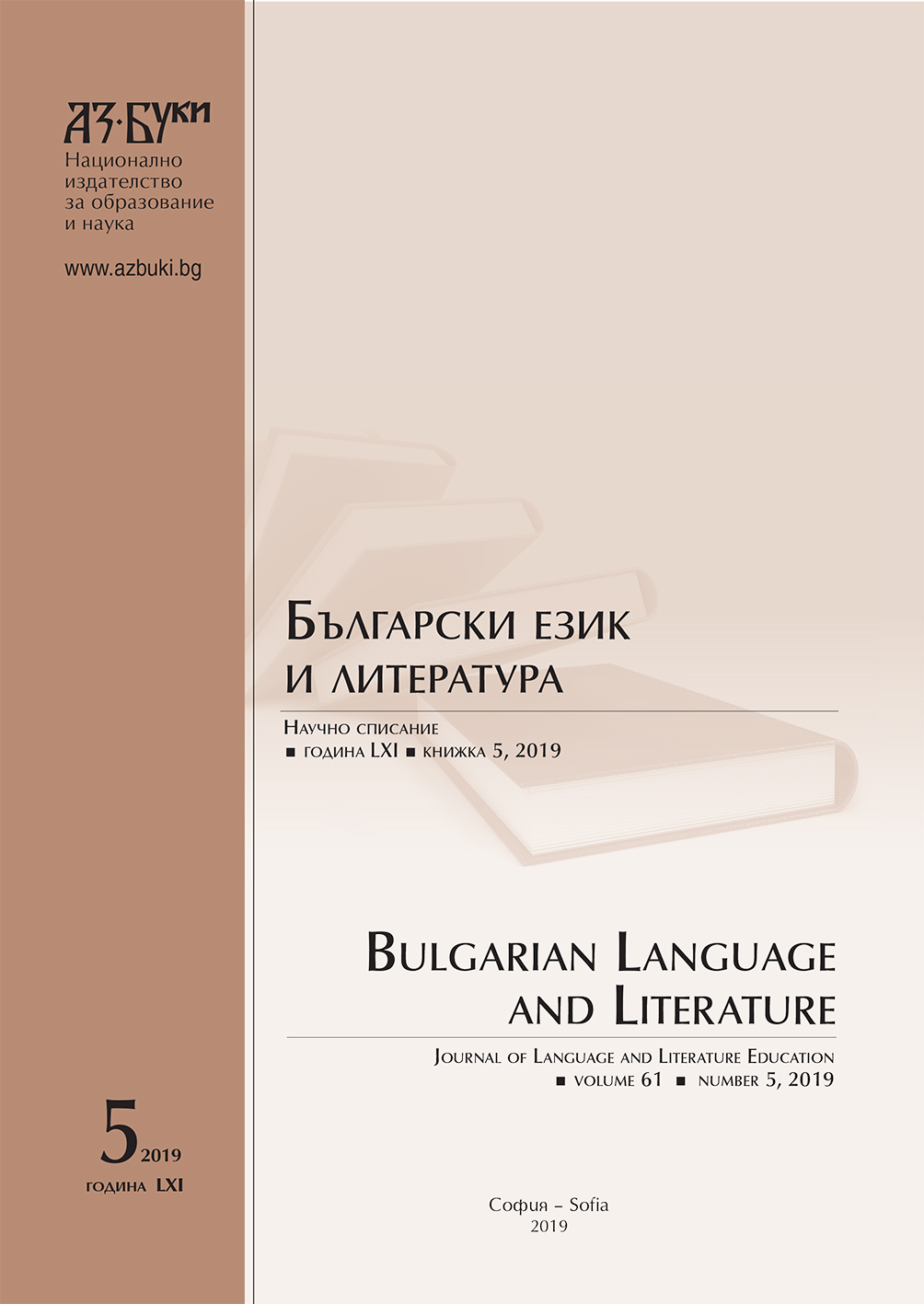
The problem of the formation of pupils’ reading and comprehension skills in a multicultural environment during literacy period in the first grade on the basis of qualitative (interpretative) analysis of interviews with 11 contemporary authors of children’s literature. This paper presents the opinion of contemporary authors of children’s literature on the role of texts they create in the period of literacy in a multicultural environment in the first grade. As a result of the conducted empirical study it was concluded that for the formation of literary competences in pupils it is necessary to refine the selection of literary texts and methodological approaches and tools we work in accordance with the contemporary pedagogical trends.
More...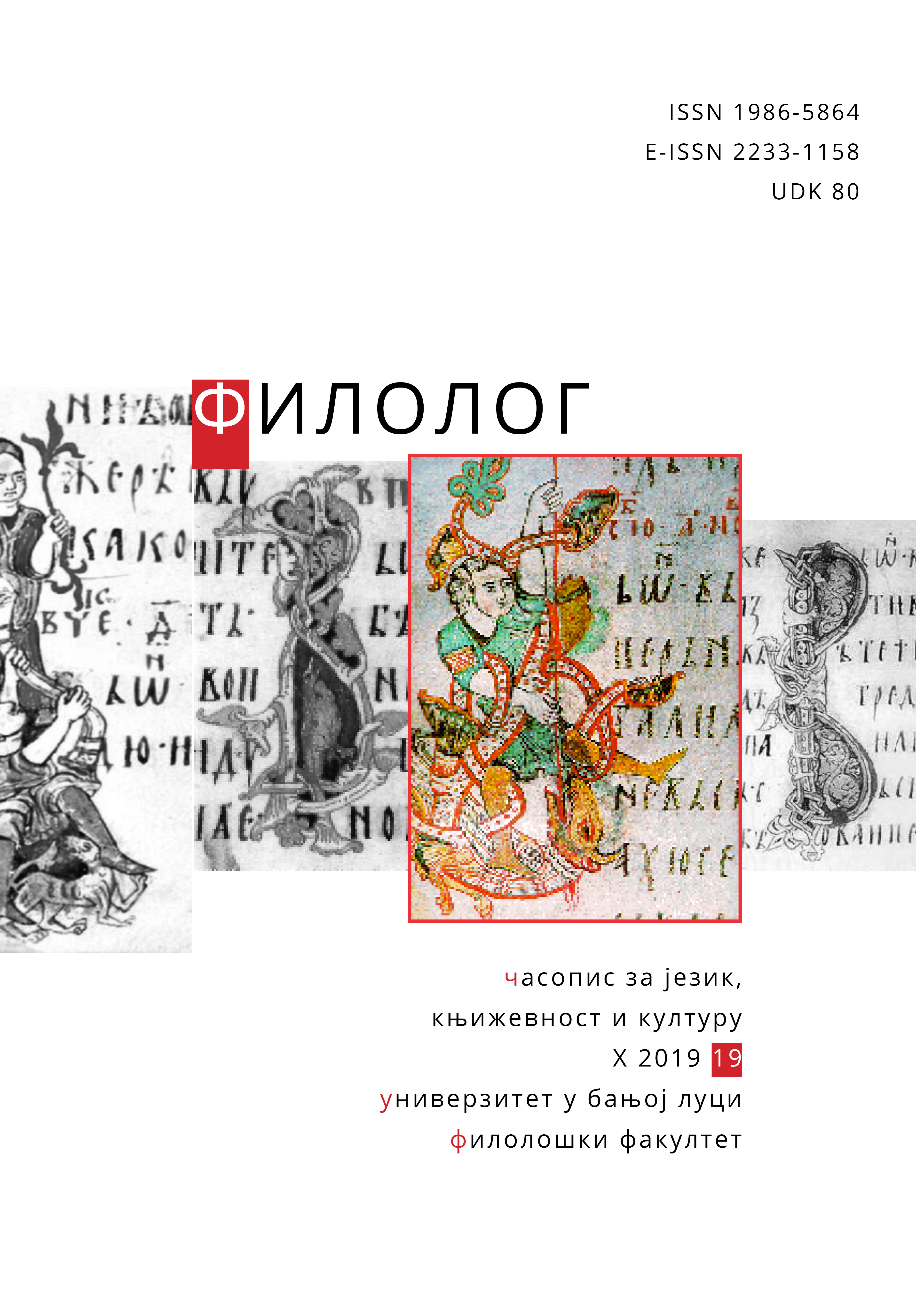
This paper explores and analyses the extent to which German literature is represented in the literary journals of Nada and Zora published in Bosnia and Herzegovina. The reason the author decided on these two journals was the fact that both of them were published at the turn of the century: Nada was published in Sarajevo in the period of 1895-1903, while Zora was published in Mostar from 1896 to 1901. Given the fact that the reasons for starting each of them were diametrically opposed, the analysis of the representation of German literature in both is a very interesting issue, with the reception of these texts explored on a separate basis. This encompasses the translation of lyric and prose texts, as well as notes, reviews, essays, critical accounts, and pieces of information on German literature. In the final section of the paper, the author, by means of the comparative method, draws a parallel between the two journals, along with providing judgement on the role and significance of the German literary texts reviewed within them.
More...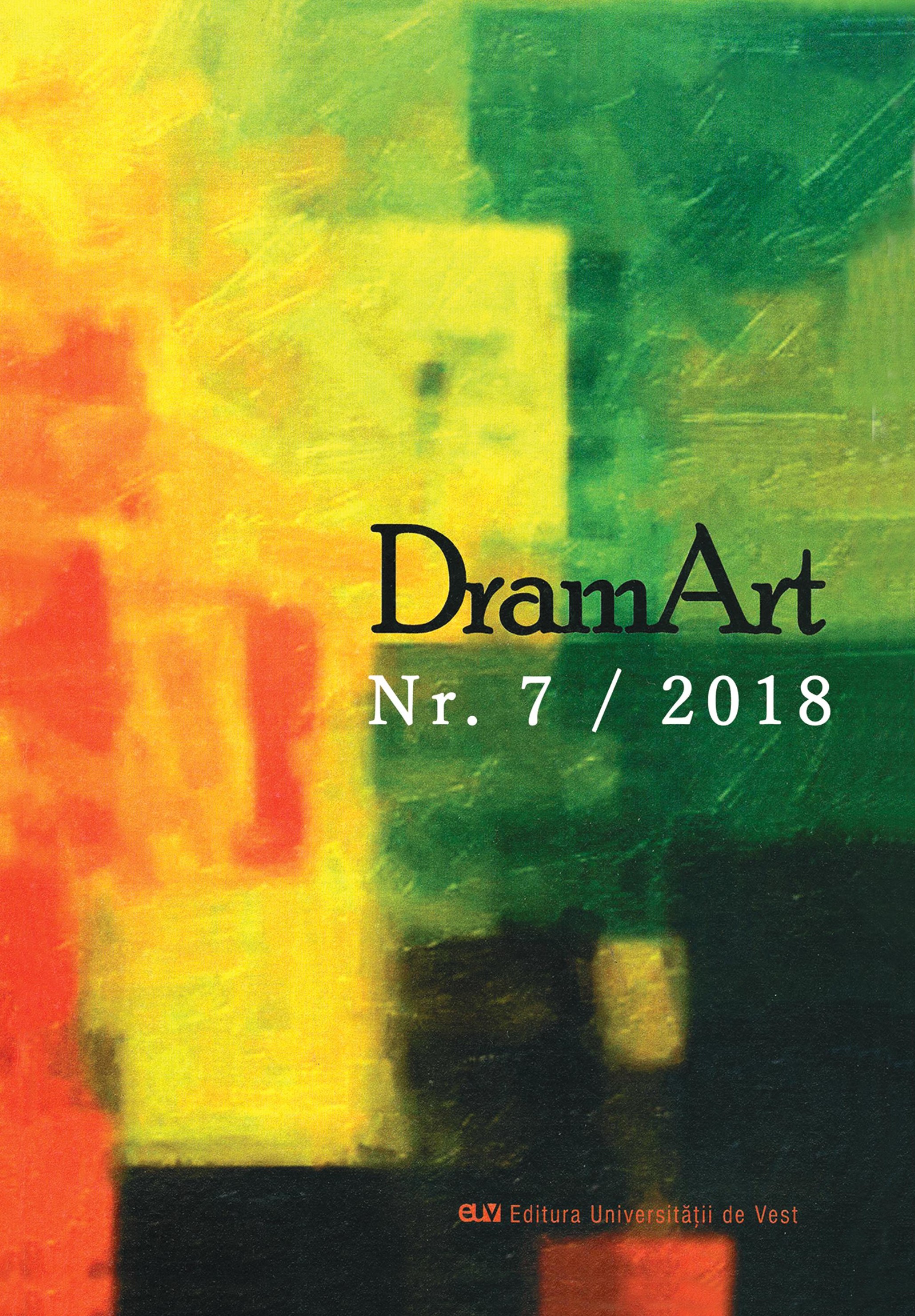
Maybe the most provocative personal experience regarding the musical training of the actors, certainly the most interesting, the composing of the "Jungle Book" show directed by Răzvan Mazilu, required the total involvement of the director and close collaboration with the musical producer concerning the instrumental part recorded on tape. The analysis of "The Song of the Eagles" reflects the personal contribution in the organic dramaturgy of the show.
More...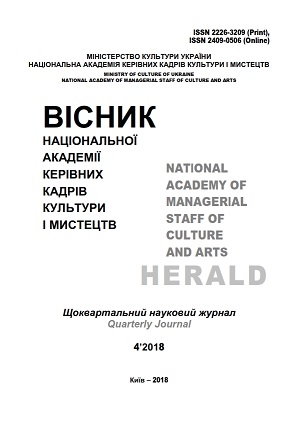
The purpose of research is to reveal the image artistic features in the early twentieth century prose of the Hutsul culture – musical instruments and fingering, as well as the types of Hutsul dance. It is proved by the authors that they are the exponents of the regional national culture and can influence the inner world of a Hutsul. The methodology of research is based on the application of ideological, thematic, problematic, hermeneutic and semantic approaches. The scientific novelty is that for the first time the role of the Hutsuls’ musical culture in the formation of their national outlook has been analyzed from the scientific point of view. Conclusion. It has been proved by the authors that the Ukrainian writers, using the elements of the Hutsul culture on the pages of their fiction, presented the Hutsul region as an area with its specific authentic culture. The writers noted the desire of the characters to exhibit their own temper and a special way of communicating with the world. The Hutsul text with the presentation of musical instruments and the Hutsul dances as a regional invariant contributed to creating the readers’ view of the specificity of the Carpathian region and at the same time positioning of its inhabitants as the representatives of the Ukrainian nation.
More...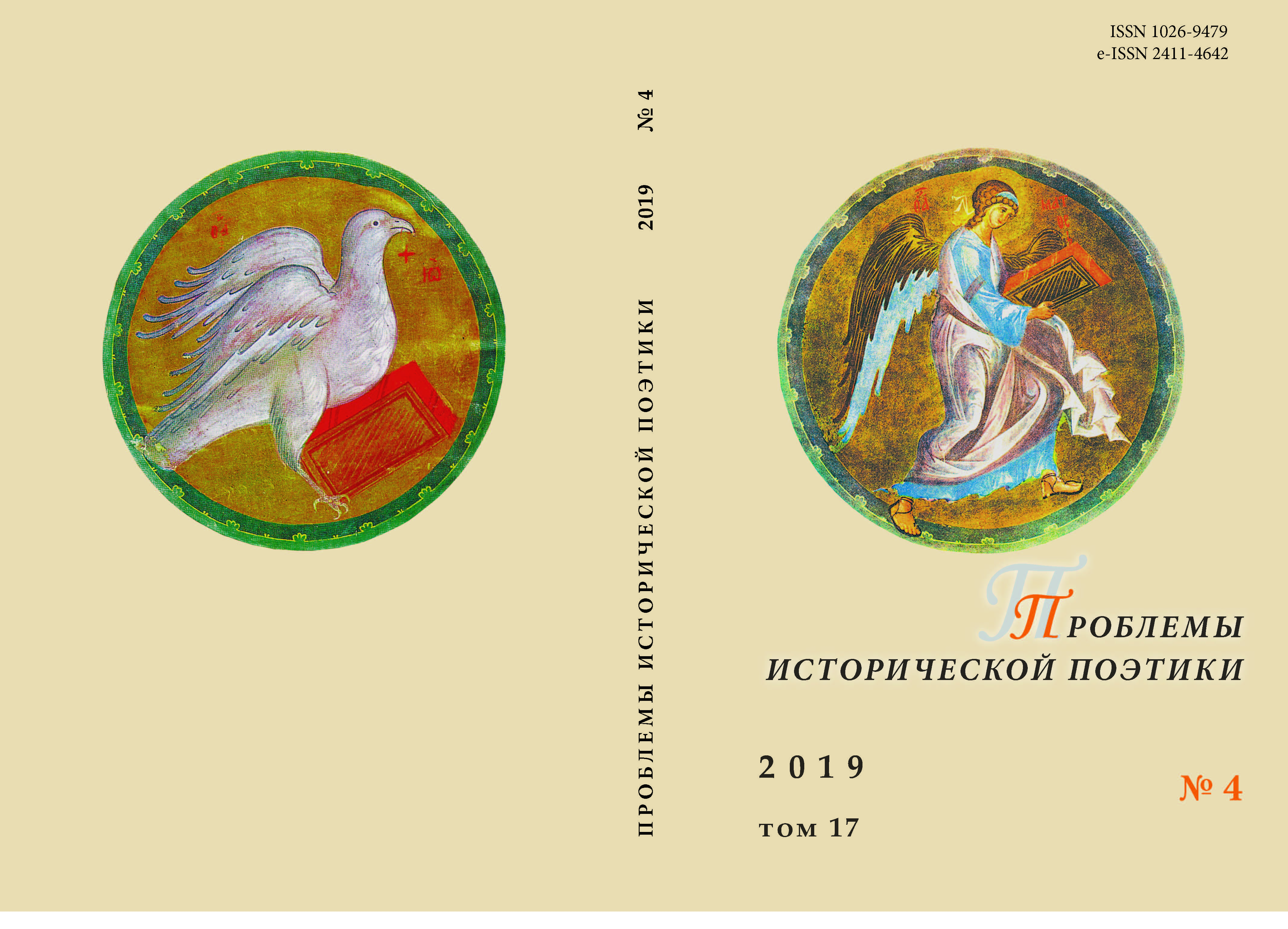
The article is dedicated to the study of the addressing as a communicative artistic phenomenon in the poetic works of I. A. Bunin, the revealing of genre, thematic and stylistic features of the addressing. In his poetry Bunin keeps on following the classical tradition and the preservation of the addressed poems in their genre certainty provided that the “timeless addressing” dominates. The addressing is found in a title complex and the genre of works. In the works of Bunin the Epitaph and Epithalamius maintain a genre shaping function of the addressed genres. The most modified forms are related to the genres of dedications and Epistles. The tendency to the cyclization inherent to the epoch leads to the appearance in Bunin’s poetry of “hidden” personalized cycles (Nadson, Balmont). However, the name of an addressee is the basic and unique unifying principle: the poems-dedication hardly contain citations, allusions or other signs of the addressee. So, the removal of dedications deprives the poem of any distinctive marks of an addressed genre. The most frequent addressed genres are those grouped by the theme of memory and the paradigm of “the death of the poet”, transformed by Bunin into the concept of “tomb / tomb of the poet” as a legendary figure. The special genre of an epithaphical friendly message appears that represent the panegyrical type of the addressing and allows the poet to comprehend the category of “ancestor memory”. The dialogization of the text often has the character of “auto-addressing”. The least represented is an ironic addressing aimed at debates with the modernist aesthetics dominant in poetry. Bunin contributed to the development of new artistic communicative strategies that were formed in the poetry of the twentieth century.
More...
The sophianic theme, inherent to the Russian religious and philosophical thought of the late 19th — first third of the 20th century, is for the first time envisaged in the article in its relation to the artistic and philosophical creativity of Valerian Nikolayevich Muravyov (1885–1930). In the philosophical mystery “Sofia and the Centaur” (1921–1925) Muravyov brings together two lines of the sofiological theme — theological and artistic ones. Sophia appears in the pages of the mystery as an ideal image of the world and man, and at the same time her image is associated with the theme of the meaning of love, with the ethics of the transformed Eros. It is shown how the key scene of the mystery, the prayer to Sofia of all nature and all mankind followed by the common goal of transformation of the world, evolves into other artistic plans of Muravyov, and is reflected in the sketches of the fairy tale “The Captive Kingdom” (1925) and in the unpublished novel “The Island Buyan” (1926–1928). In the light of the Sofia plot the drama of the philosopher “Adviser for Death” (1927–1928) is considered. The autobiographical origins of the sophiology of Muravyov are revealed.
More...
The article offers the analysis of Gazdanov’s story “The Requiem” (1960) in the context of “Christian realism” put forward by V. N. Zakharov as an aesthetic principle. The themes of the spiritual solidarity of compatriots were expressed especially in the literature of the Russian expatriate community. The importance of the article resides in disclosing of a leading idea of the story which main topic is the liturgical word as the basis of the ancestral memory. The thesis about a particular role of the prayer text language as that one expressing the key moments of a human’s life and comprehending them in the terms of a nationwide tradition is brought forward. It is in the nationwide tradition where a person feels involved in other people’s life related to him first via his native speech. By means of the Church Slavic language the protagonist comes to the understanding of the core of the unanimity of the Russian speaking people who ended up outside their motherland. The results of the research are based on the study of the phenomenon of the Russians and the role of the Russian language in alien conditions. Kept in the memory and becoming actual as necessary the liturgical word becomes a sign of the unity among the Russians and expression of the essence of their transcendent (non-temporal, extra-social) existence.
More...
The article studies the dialogue with Dostoevsky developing in Dombrovskaya’s christian metanovel “The way is open… Chekhov. Spiritual wanderings of Timofei the Deacon”. It is shown that the dialogue is of an extensive, systematic and multidimensional character. It is carried on at all the levels of the artistic system of the novel: an author’s message, method, genre, plot, characters system — and allows gaining a hermeneutic experience. In a dialogical correlation of Chekhov and Dostoevsky it is disclosed that both writers have in common the adherence to the evangelic spirit that helps them to be theologically precise/ accurate while judging and making emphases. However, while Dostoevsky interested primarily in the problem of destruction of the religious consciousness and testing the man on the way of freedom without God, disproves the principles and meanings of the Christian doctrine, Chekhov’s spiritual realism that highlights the “movement of an essential layer” in the terms of the everyday life of the man “emanates silence, lives off an inner word”. Besides, Chekhov as a child of his time feels better the danger of Pharisaism. The dialogue with Dostoevsky is carried on not only in philological sketches of the main hero, but is reflected in the destinies of the novel’s characters, in understanding of the spiritual conditions of modern Russia. The article, based on the reasoning of E. R. Dombrovskaya, for the first time asserts that Chekhov’s concept of the beauty is also interpreted both as the extension of a famous Dostoevsky’s principle and as its enrichment with new inner meanings.
More...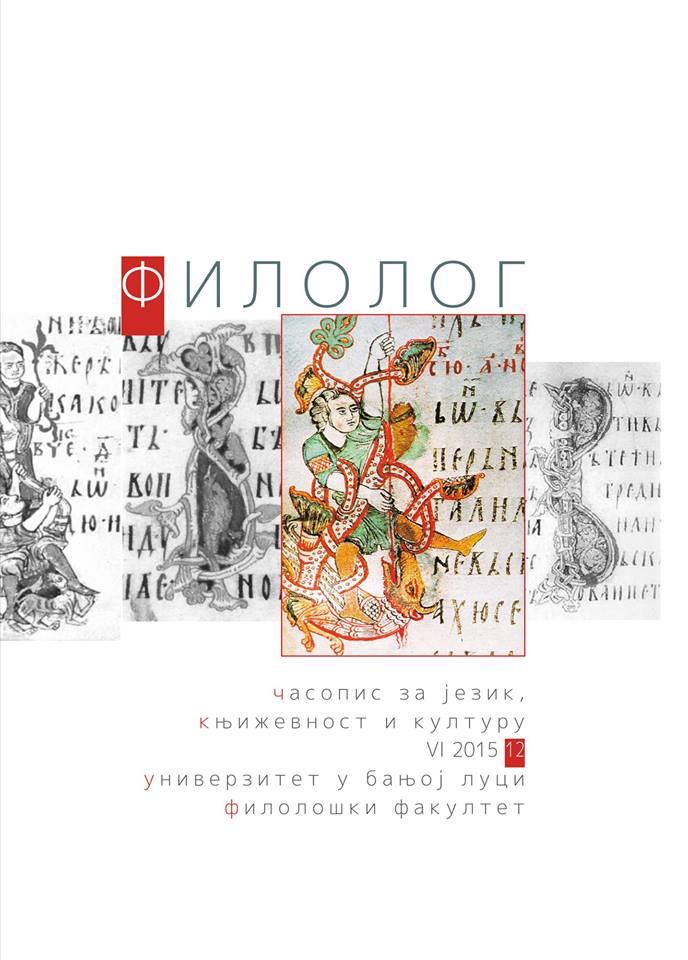
Review of: Vukičević, Dragana i Snežana Milosavljević Milić (2014), Ogledavanja – Laza Lazarević i Simo Matavulj, Niš: Filozofski fakultet Univerziteta u Nišu.
More...
Review of: Brajović, Tihomir (2015), Groznica i podvig: Ogledi o erotskoj imaginaciji u književnom delu Ive Andrića, Beograd: Geopoetika.
More...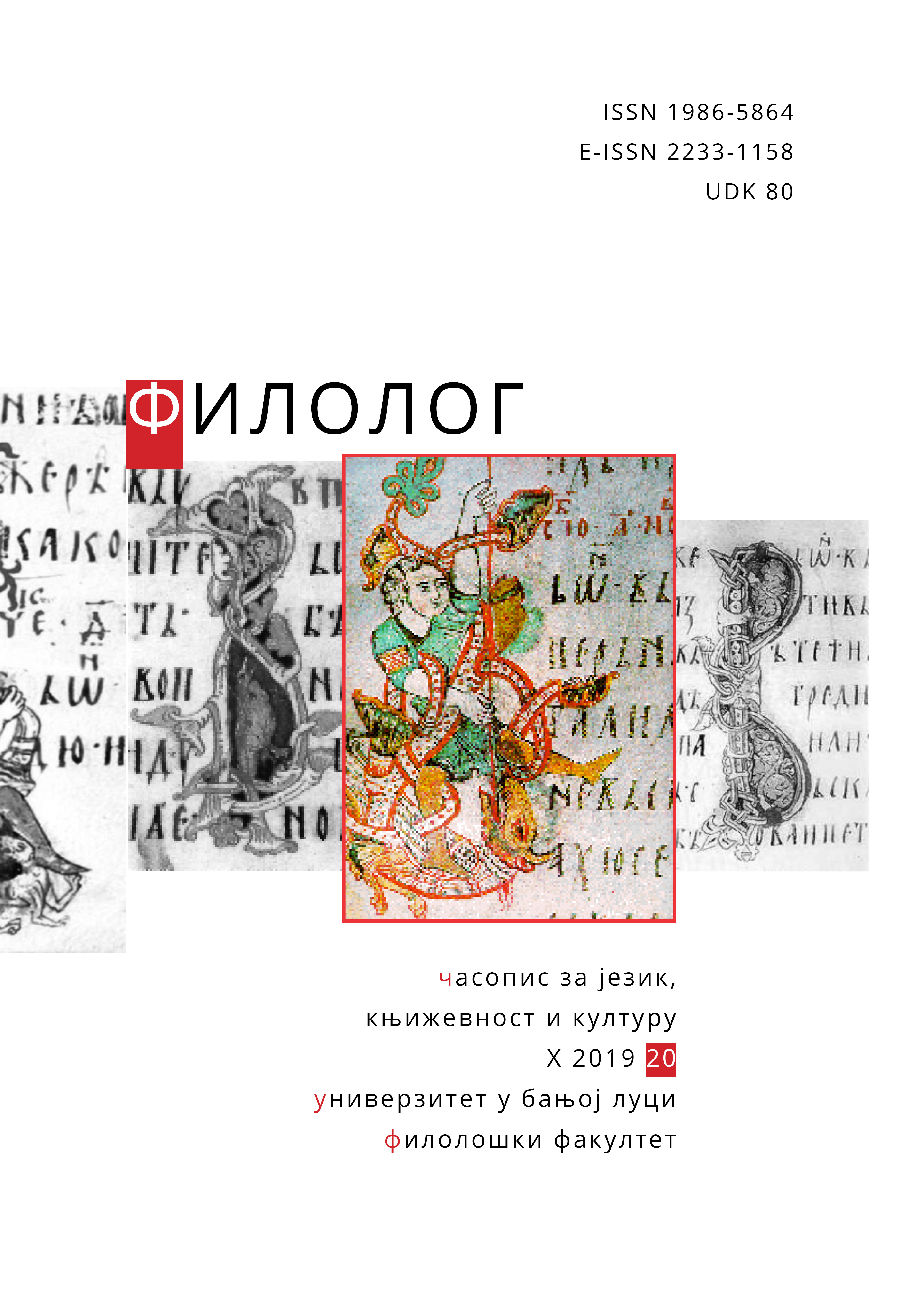
The research featured in this paper focuses on the image of Rome in the Serbian travelogue prose of the 19th and 20th centuries, published within the 1868-1972 period. Apart from works of fiction, we include accounts and articles published in periodicals as well. With a view to shedding light on one of the very significant aspects of the Serbian-Italian cultural and literary ties, in our analysis we pay attention to some almost marginalised pieces dedicated to Rome – a city that has held a prominent position among Serbian tourists in Italy since the second half of the 19th century. Furthermore, we look back on the European travelogue tradition as well, by drawing a parallel between the texts by Serbian travelogue writers featuring Rome and those provided by renowned authors, namely Goethe, Stendhal, and Gogol.
More...